My lawn has been giving me a lot of love since it became a sustainable “living habitat”. I found “food” in my lawn, as well as many pollinators, amphibians and night singers who lull me to sleep.
Below are some of the plants that play an important role in creating a sustainable lawn:
I have a thousands of dandelions in my lawn and they are the first plants to flower in my yard, attracting many pollinators. In the spring, I dig the roots and greens, and blend them into my morning drink. Dandelion contains many health-promoting phyto-nutrients that are beneficial to your internal organs.
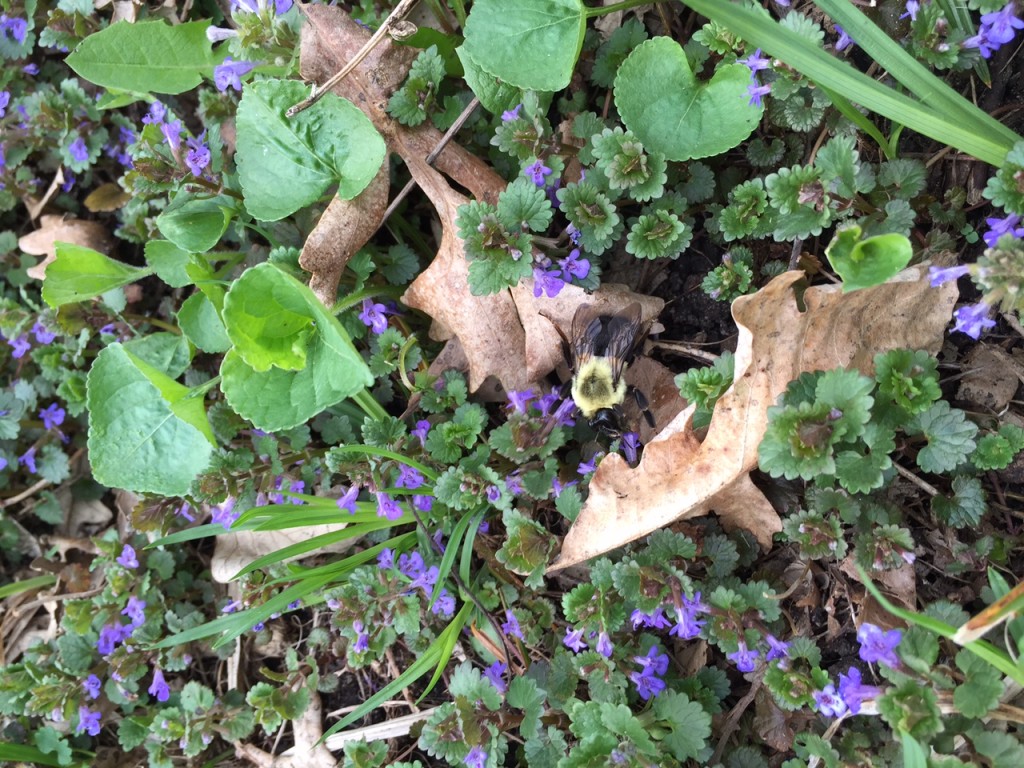
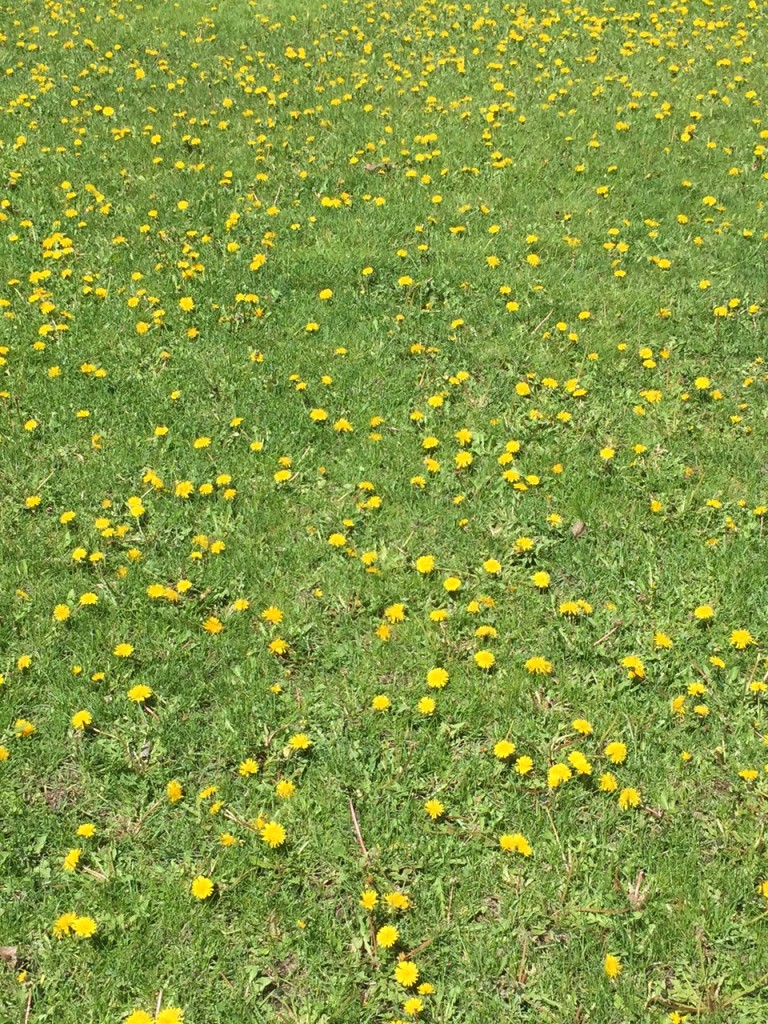
Dandelion
 The past few years, I have found it necessary to reduce the dandelion population in my lawn. I dig out the plants in the early spring when the ground has not hardened up and the roots have not locked in. They have not started absorbing anything and are much easier to pull out when the soil is cool and moist.
The past few years, I have found it necessary to reduce the dandelion population in my lawn. I dig out the plants in the early spring when the ground has not hardened up and the roots have not locked in. They have not started absorbing anything and are much easier to pull out when the soil is cool and moist.
After digging out a dandelion, I plant dutch white clover seeds in its place. Clover is an excellent plant for pollinators and blooms into August. Clover also produces its own nitrogen, improving the soil. The rabbits prefer the clover and have not been destroying my vegetables or perennials.
Self heal is another plant that is good for pollinators. So I bought some seeds at: www.outsidepride.com. Three days after the seeds arrived (late June), I noticed about 100 self heal plants were already blooming in my lawn.
Plantain is a bee sting remedy that draws out the venom. Immediately after being stung, I crush plantain leaf put it on the afflicted area.
In addition, I have stinging nettle and burdock growing on the edge of my lawn and have been eating them too. I dig up the first year burdock plants beginning in July. They have a long taproot and I blend the root raw or put them in soups. Burdock is a blood purifier and removes toxins from the blood. Do not try to eat the roots of the large second year burdock plant because they are too woody.
I pinch back the new leaves of the stinging nettle beginning in April and keep them pruned to a height of 2 foot. I flash-scald the leaves to eliminate being stung in the mouth and then immediately put in crushed ice, so that the phytonutrients are not destroyed. The nettles are then blended into my morning drink. Nettle is used to cure many ills including arthritis and allergies.
Cardinal rules of a sustainable lawn
- Mow every 2-3 weeks. Not mowing gives the lawn a chance to recover from the trauma of the mower.
- Mow at the highest setting to protect all the living things. The creatures may be able to survive a mowing and the plants will be able to recover more quickly. Also, “mowing high” reduces the ability of young dandelions to grow in your lawn, because they are unable to photosynthesize.
- Do not use Round-up or other herbicides on your lawn. Round-up is probably a carcinogen and I believe is dangerous to humans, plants and creatures.
- Walk around your lawn and see what type of plants and creatures are taking over your lawn as their home.

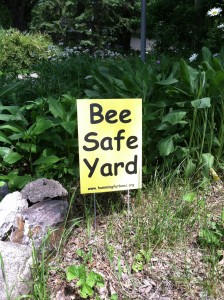
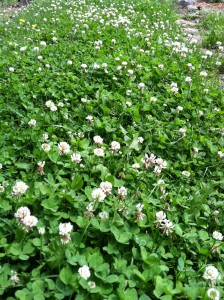
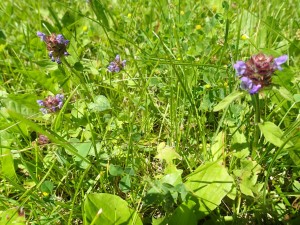
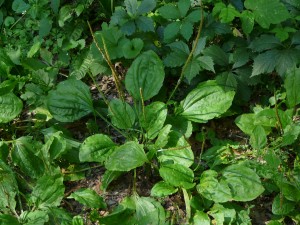
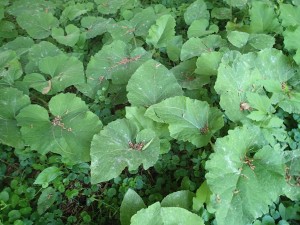
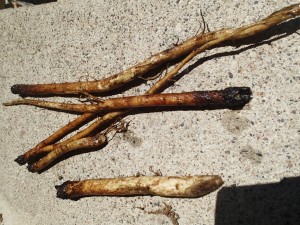
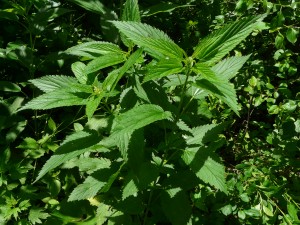



Thank you so much for sharing this Larry! 3 years ago we converted 1/5 of our front yard (lawn) to garden, and while we’ve also gained more than we lost by far, we also have attracted bunnies. Lots of bunnies. We even have 2 albino babies. Needless to way, it’s now the rabbits’ garden rather than ours. I’m looking forward to planting dutch white clover next year!!
Also, just wanted to let you know we saw a fabulous ocean life exhibit at the Minnesota Marine Art Museum in Winona. It was well worth the time (the information about what was happening in each picture as important as the pictures themselves), particularly because it led me to Brian Skerry and his awesome work. Here are links when you have a few minutes to absorb and wonder: http://www.brianskerry.com/ and https://www.mmam.org/